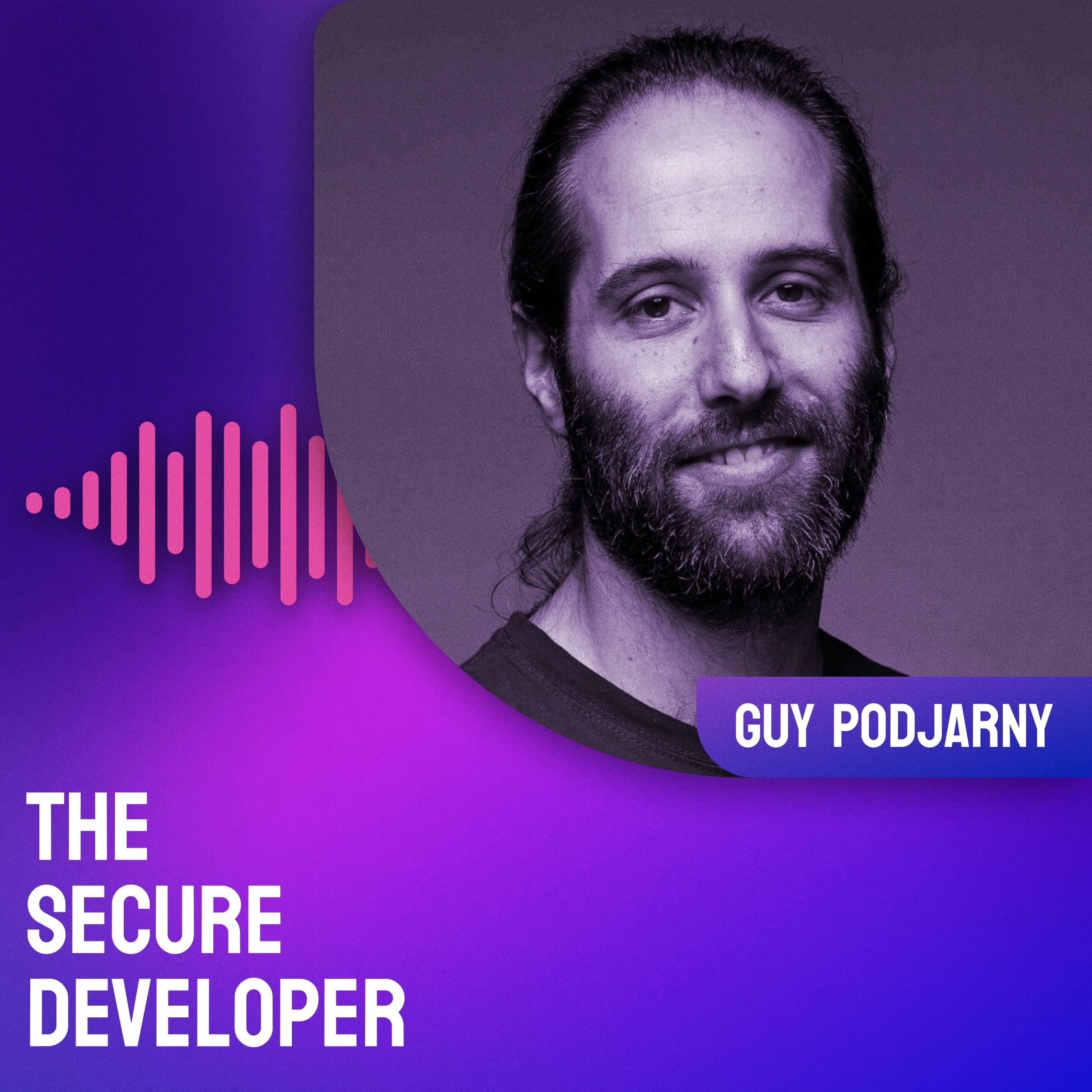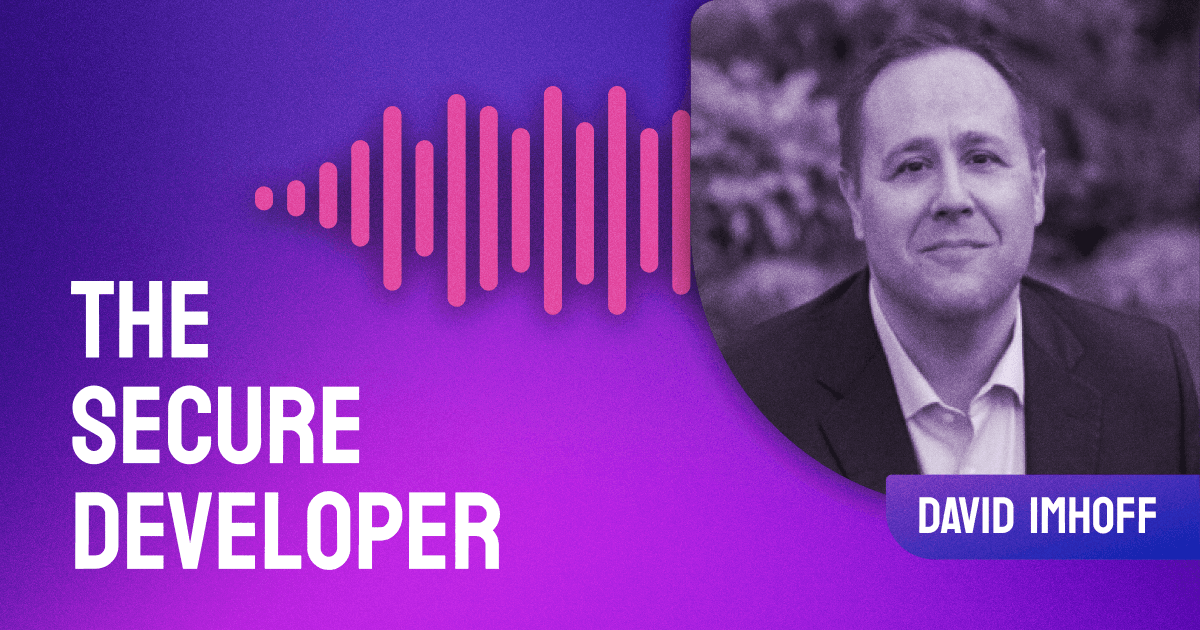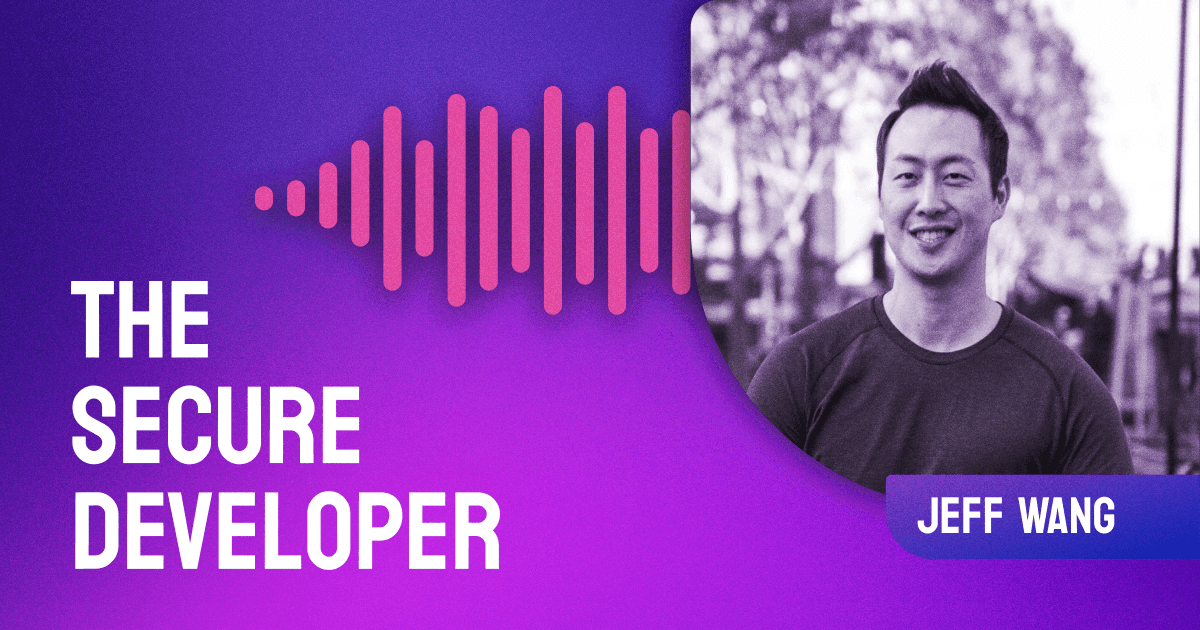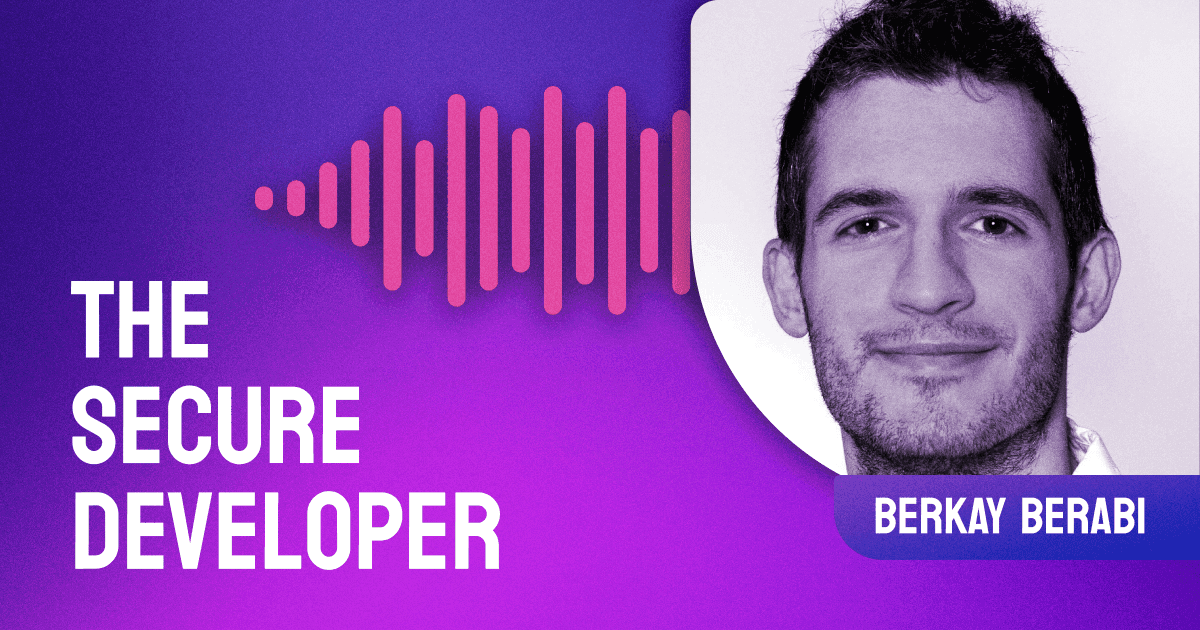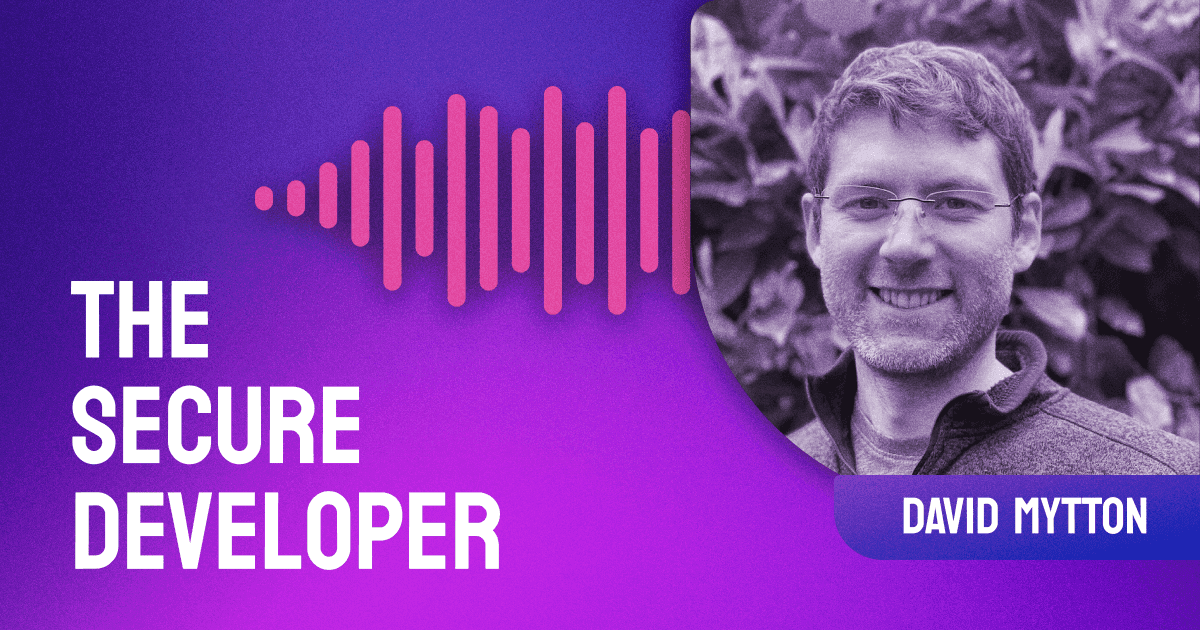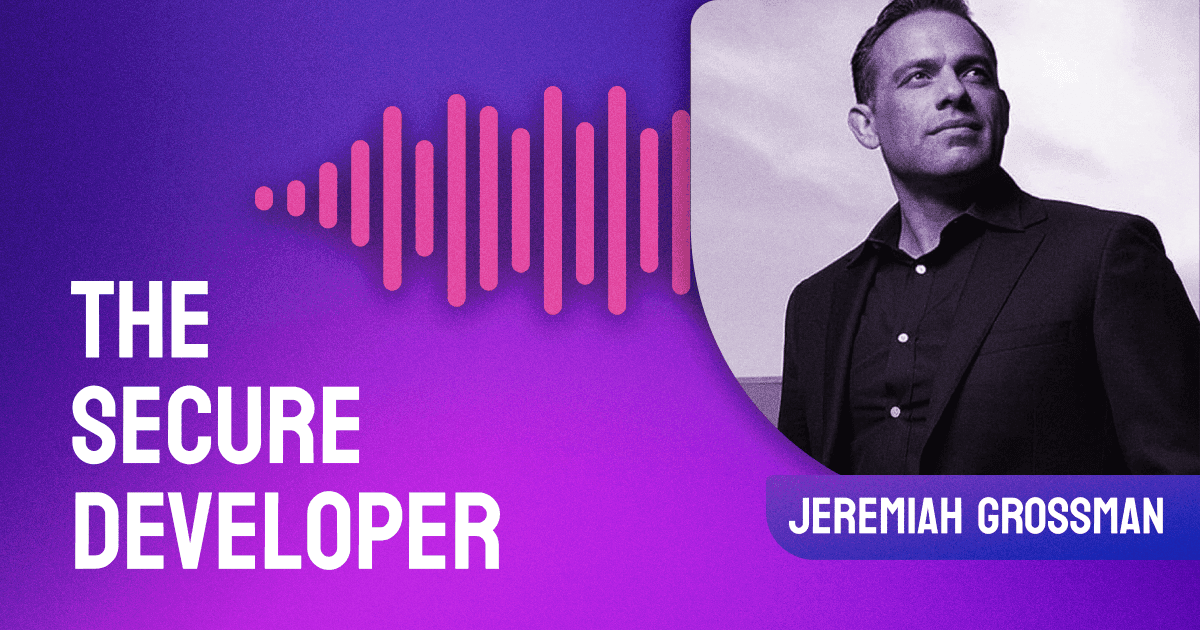Episode Summary
In this special episode of “The Secure Developer,” host Danny Allan interviews Snyk founder Guy Podjarny about the origins and evolution of Snyk. Guy shares his journey from conceptualizing Snyk in the shower to building it into a developer-first security platform. They discuss the challenges and successes of integrating security into the developer workflow, the importance of open-source security, and the impact of AI on the industry. Guy also provides insights into Snyk’s focus on remediation and the future of autonomous developer security.
Show Notes
In this episode of The Secure Developer, host Danny Allan sits down with Guy Podjarny, founder of Snyk, for an engaging conversation about the company's journey and its impact on the DevSecOps landscape. Guy shares the story of Snyk's inception, from the initial idea sparked in a shower to its development into a leading developer-first security platform. He discusses the challenges faced in the early days, including the need to balance depth and breadth in their security solutions and how these experiences shaped Snyk's approach to integrating security seamlessly into the developer workflow.
Guy delves into the pivotal moments that defined Snyk's evolution, such as the decision to focus on open-source security and the subsequent expansion into container and infrastructure as code security. He highlights the importance of making security tools that developers love and can easily adopt, which has been a cornerstone of Snyk’s philosophy. The conversation also touches on the strategic acquisitions that bolstered Snyk's capabilities, particularly the acquisition of DeepCode, which brought innovative AI-driven static analysis into the fold.
As the discussion moves forward, Guy and Danny explore the future of security in the AI era. They consider the potential of AI to revolutionize how vulnerabilities are detected and fixed, envisioning a future where code can be autonomously corrected without developer intervention. Guy emphasizes the need for a holistic approach to security, one that combines static analysis with runtime insights to provide comprehensive protection.
This episode offers a deep dive into the philosophy, challenges, and innovations that have driven Snyk’s success. It provides listeners with valuable insights into the evolution of developer-first security and the role of AI in shaping the future of software development. Whether you're a developer, security professional, or tech enthusiast, this conversation is packed with lessons and foresight that you won’t want to miss. Tune in to hear from one of the leading minds in DevSecOps and learn how Snyk continues to lead the charge in making security an integral part of the development process.
Links
